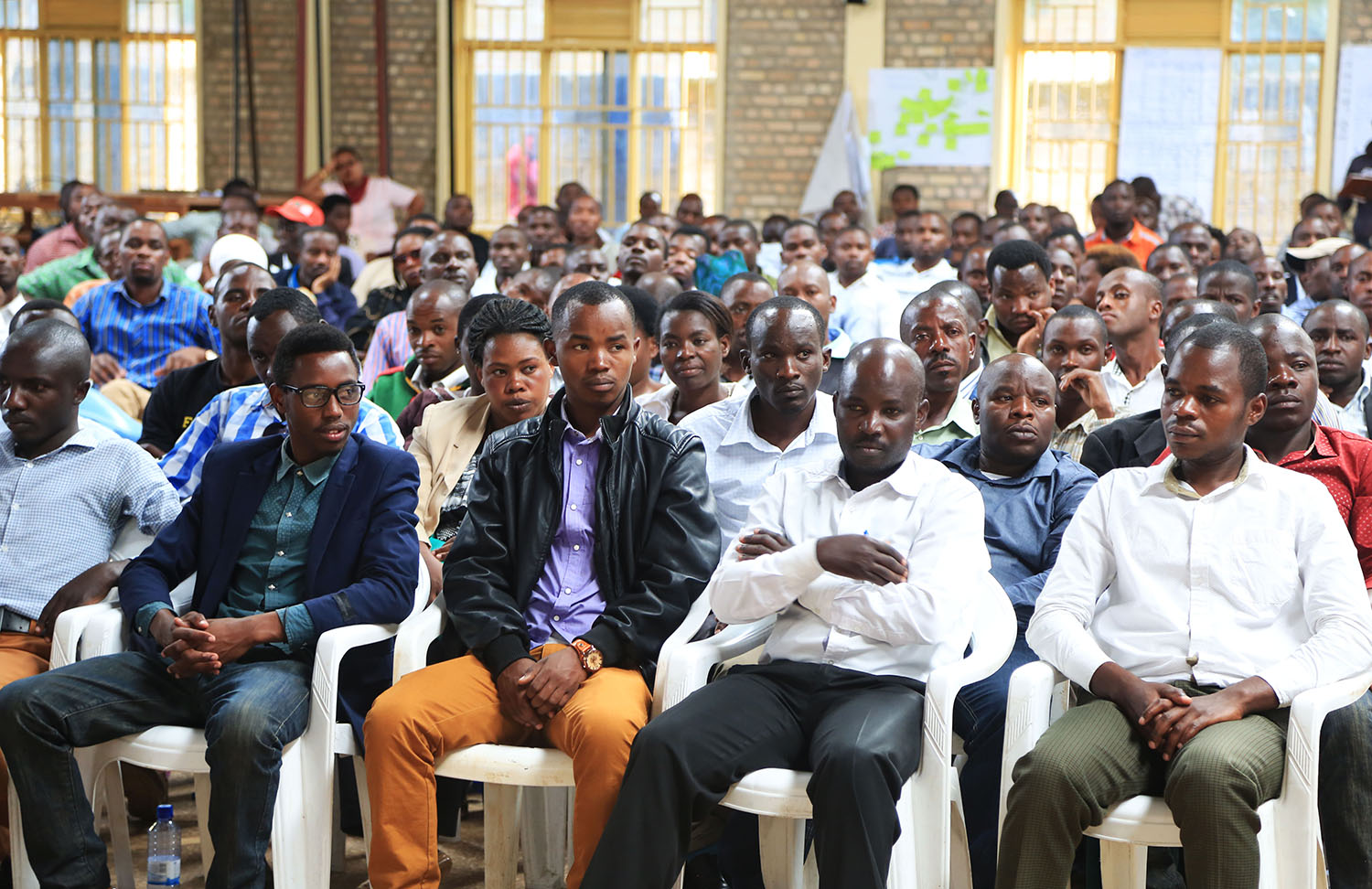

The national civic education training programme, Itorero, will now be implemented in villages based on people’s age group.
National Itorero Commission (NIC) discussed the issue on Friday with local leaders in Eastern Province.
Itorero, borrowed from traditional Rwandan culture, was reintroduced by the Government in November 2007, while the national voluntary service, locally known as ‘Urugerero’ was launched in 2013.
In 2012, the Itorero was brought to the village level, but the commission’s officials said that it seemed like it belonged to adults only, and "there was a need to improve it”.
Previously, Itorero targeted such special groups as students, teachers, and leaders, among others, but today the Government seeks to reinforce it in villages.
The Itorero will be like a company in military terminology and they will be commanded by cell level ("Umutwe” or "head” of Itorero). The leaders of ‘Umutwe’ are cell officials.
Itorero (a village) will be composed of "Isibo” groups, one Isibo comprises of between 15 and 20 households. Isibo is the group that will be composed of the age groups named "Ingamba”.
The majority of trainers for village Itorero will be Intore who recently completed the voluntary national service ‘Urugerero’. They mostly include secondary school graduates and university students, among others.
Age group names
Every age group at the village will have their proper focus and training because their discussions and what they can put into practice are different due to their age difference, said NIC commissioner Nepo Rugemintwaza.
So, here are how the groups are organised and named:
Children younger than 5 years of age have been given the name "Ibirezi”, and those aged between 6 and 12 years "Imbuto”.
From 13 to 18, they are "Indirira”, while 19 to 35 years olds are "Indahangarwa”.
People aged between 36 and 55 will be called "Ingobokarugamba”, and finally, those older than 56 will be "Inararibonye”.
Outcome
By the end of November this year, the Itorero will have started operating in villages with new structures, according to NIC.
The commission says that the new Itorero programme at the village level will accelerate the poverty reduction, economic development as well as the achievement of seven-year government programme 2017-2024.
Rugemintwaza said the Itorero will easily convey messages on Government programmes, and will also help solve human security issues, including hygiene and children malnutrition.
"It [Itorero] is ‘Ingamba’ that will allow Rwandan ‘Ibirezi’ [youngest age group] to grow up well without stunting, grow up with hygiene, grow up together, and get trained together,” he said.
Under the new structure, Umutwe (Cell) consists of Itorero (village), Itorero consists of Isibo (15-20 households), while Isibo consists of Ingamba (age group).
The governor of Eastern Province, Fred Mufulukye, said: "Now what we are going to do is making a timetable and to look for the trainers,” he said.
Rwanda is made up of 2,148 cells and 14,837 villages. Eastern Province alone has 503 cells, 3,792 villages, and 590,000 households.
The NIC commissioners in attendance were Landrada Umuraza, Marie-Josée Twizeyeyezu, and Rugemintwaza.
Before coming to Eastern Province, the NIC officials had been to Northern and Western provinces and the City of Kigali discussing the same subject. Southern province will be their next destination.
editorial@newtimes.co.rw


